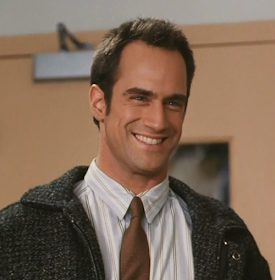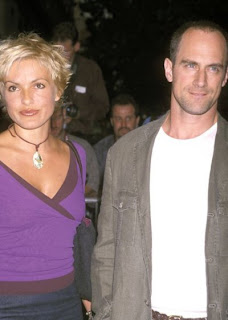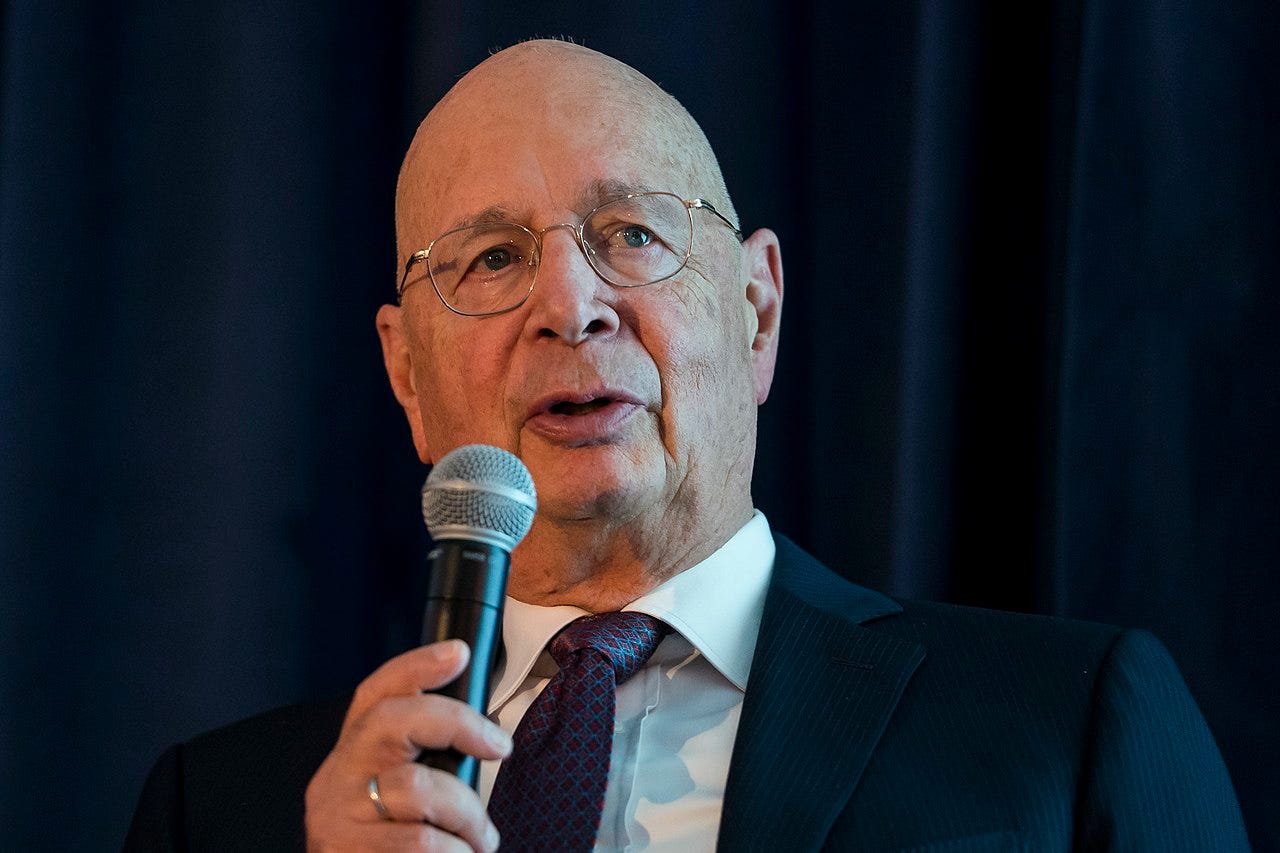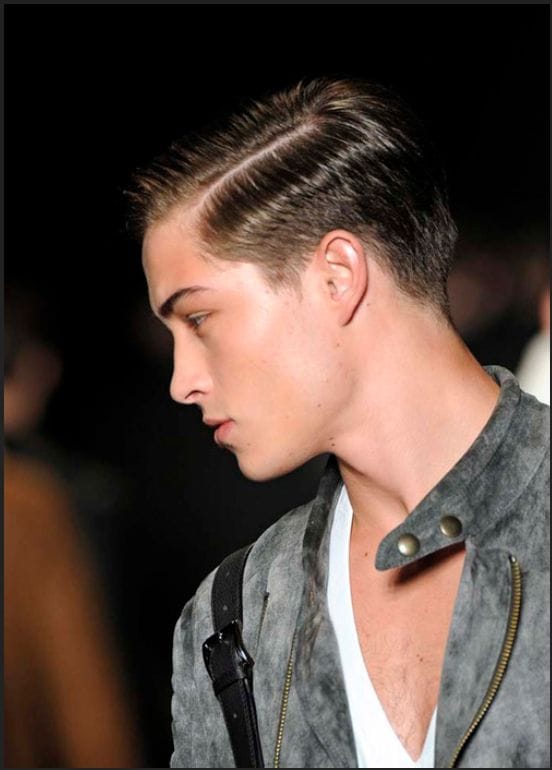Agendum
Banned
- Joined
- Jul 31, 2020
- Posts
- 1,851
- Reputation
- 1,573
So something I realized about hairline recession is that the problem is more about skull shape and less about diffuse thinning. I want to coin a term of what I call Frontal-TempoParietal Drift. Its basically the frontal bone + the face that drifts away from a core of the skull (that doesnt change much if at all over time.) With no sphenoid bone support growth is translated forward and then downshifted
The face and frontal bone as mostly one piece is more mobile relative to your neurocranium so left unchecked over lets say a decade, it will have migrated away from your less matured facial configuration. Its imperceptable in real time but before/afters show how a face can descend, even the best.
As the frontal gets pushed away from the temporal and parietal bones, it gets narrower. The hairline is like a sea shore that is a landmark of where the face should be close to, but the face recedes away from the hairline. Then the "wings" of the frontal dont have bone support (hollow temples) so it becomes canted downwards (not always affecting orbital canthal tilt.)
Ill use a woman because they have the best hairlines starting out:




Compare with her hairline/skull a decade later at 27





She got off extremely lucky, now compare to what happen men who dont have that luxury












The face and frontal bone as mostly one piece is more mobile relative to your neurocranium so left unchecked over lets say a decade, it will have migrated away from your less matured facial configuration. Its imperceptable in real time but before/afters show how a face can descend, even the best.
As the frontal gets pushed away from the temporal and parietal bones, it gets narrower. The hairline is like a sea shore that is a landmark of where the face should be close to, but the face recedes away from the hairline. Then the "wings" of the frontal dont have bone support (hollow temples) so it becomes canted downwards (not always affecting orbital canthal tilt.)
Ill use a woman because they have the best hairlines starting out:
Compare with her hairline/skull a decade later at 27
She got off extremely lucky, now compare to what happen men who dont have that luxury























